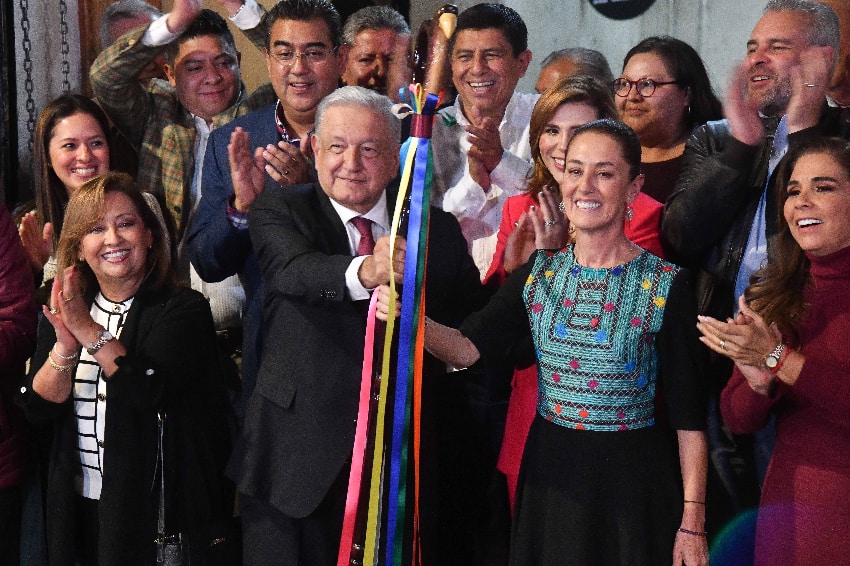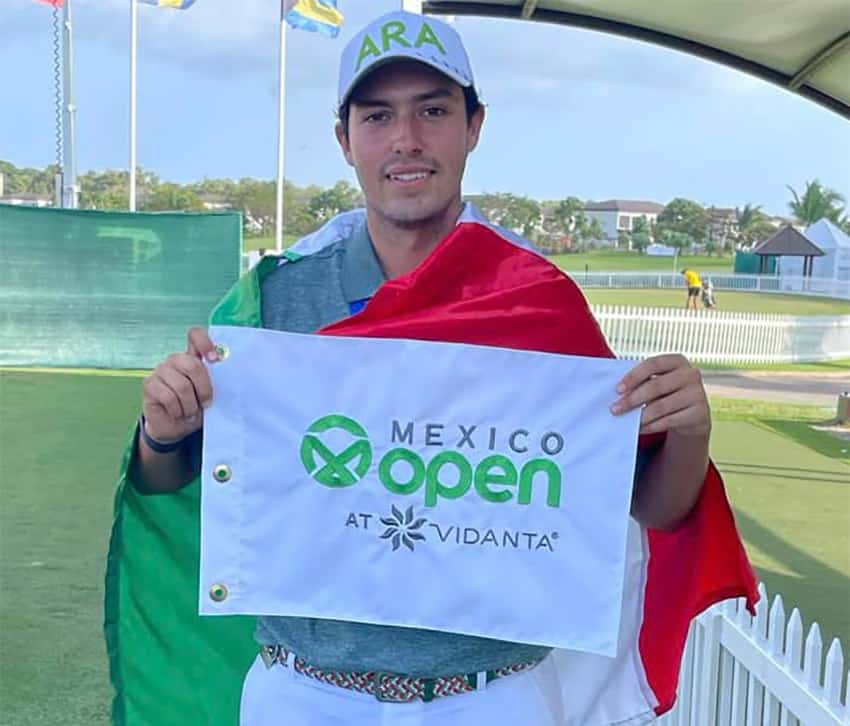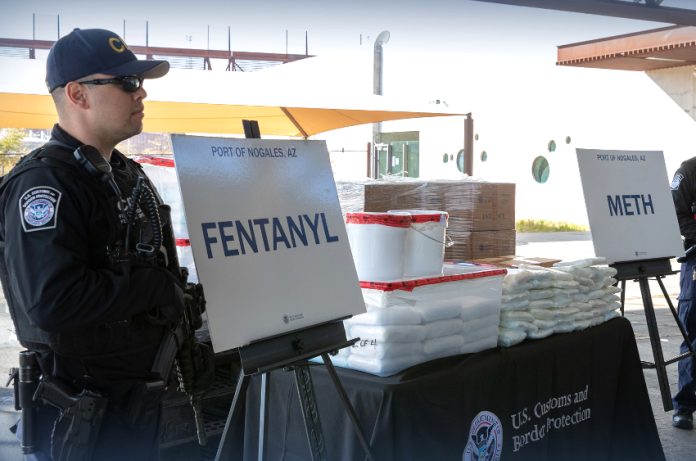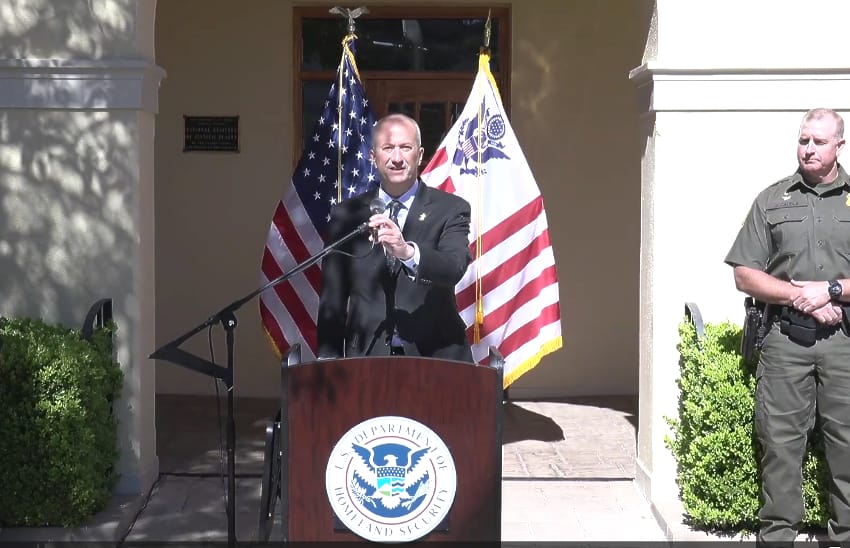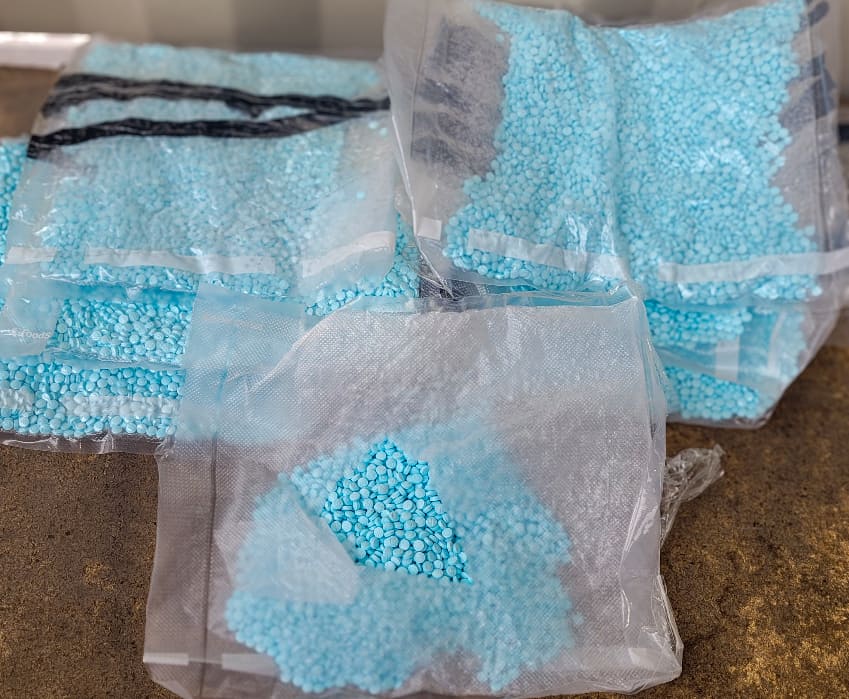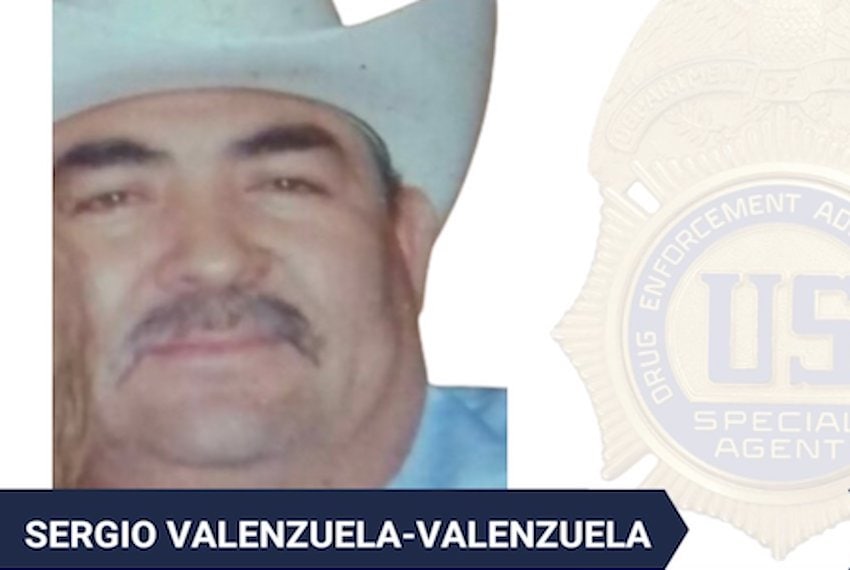This article contains exclusive discounts for readers. Mexico News Daily is not affiliated with Glitzi or Scape.
Mexico is one of the countries with the highest growth in the wellness industry, with a market representing a size of over US $46 billion – and for good reason.
The country’s spa scene truly shines, offering an array of tempting options and enviable talent. Among Mexico’s best-kept secrets is its multitude of affordable, high-quality at-home spa and beauty services. From massages to manicures, facials, makeup artistry, and styling services, the list of possibilities is endless. With just a few taps on a smartphone, you can summon professionals to your doorstep, transforming your home (or hotel room) into a personal oasis of relaxation and indulgence. Coveted luxuries once only available to kings and queens are now available for download at prices that often rival those of brick-and-mortar locations.

Unwind with a massage delivered straight to your door
My first experience with the delight of at-home spa services took place in a cozy studio I was renting in Roma Norte. A friend had sworn by a booking app she used for scheduling massages and facials. After a grueling work week that left me tense and mentally depleted, I wanted nothing more than to unwind and experience what she had called “heaven at home.”
Lounging on my couch, I downloaded the app, selected a deep-tissue massage from an array of delectable options, chose a time for that evening, requested a female masseuse and plugged in my payment details. Four hours later, heaven knocked on my door in the form of a petite, uniform-clad lady.
“Hola,” she said, peering in as I opened the door. “Masaje relajante?” Efficiently rolling in a folded massage table, she promptly set up a station with fresh sheets, aromatherapy and a speaker spouting twinkling wind chimes and rainforest sounds. I dimmed the lights, dropped my towel and hopped onto the massage bed. With a gentle waft of aromatherapy, heaven began. For an hour, Paty kneaded and shaped me like a batch of focaccia dough, and I loved every minute of it.
Since then, I’ve unabashedly become an at-home service addict of sorts, booking and sampling a variety of experiences, both alone and with friends.

Get help with beauty emergencies in moments
During one such instance, horrified at the state of my toenails before a beachy trip to Puerto Escondido with a girlfriend, I hurriedly booked us at-home mani-pedis. Two gracious nail technicians serviced us amidst piles of suitcases and clothes strewn about in a last-minute packing frenzy. Our freshly exfoliated feet soaking in basins of warm lavender water, we relaxed and gossiped as an episode of Netflix’s “Love is Blind” buzzed away in the background.
A few weeks later, preparing to attend a Vogue Magazine gala celebrating Día de los Muertos in November, I booked hair and makeup services to elevate my glam game. After a strategic consultation rivaling those of battle generals, my makeup artist got to work. As I sipped chilled albariño in my living room, obediently pursing my lips and shutting my eyes when instructed, she worked her magic to produce stunning results. Later that night, I felt very much the belle of the ball at the celebrity-studded event in trendy Juárez.
Whether in need of a “sparty” with the gals, professional glam for a special event, emergency beautifying or a set of relaxing experiences to surprise the wife — gentlemen, take note! — these easy-to-book, reliable services don’t disappoint.
Below, we’ll uncover the two must-have main players in the at-home wellness and beauty booking space, along with a few other honorable mentions. Most of these apps are in Spanish, but it’s nothing that Google Translate won’t tackle. We’ve also negotiated some discounts for MND readers… because you all deserve to be treated like royalty.

Glitzi
At the top of our list is Glitzi, a service that has become something of a titan in the realm of on-demand spa and beauty treatments. With the most extensive repertoire of offerings, Glitzi’s catalog is undeniably the most comprehensive in the at-home pampering sphere, offering an expansive array of services to four major cities in Mexico: Mexico City, Queretaro, Monterrey and Guadalajara.
Glitzi’s reasonably-priced options run the gamut from massages of all varieties including Lomi Lomi & prenatal, basic facials, manicures and pedicures, barbershop services for men, haircuts for the entire family, color and keratin treatments, styling and updos, makeup applications, as well as eyelash and eyebrow grooming. Bundled packages combining different treatments at a discounted rate are also available.
Among Glitzi’s standout offerings is maderotherapy, a massage technique rooted in ancient Colombian holistic healing practices that utilizes anatomically designed wooden tools. The practice is purported to provide a litany of benefits, including cellulite reduction, pain management, increased flexibility, deep relaxation and weight loss. Other unique Glitzi services include lymphatic drainage, chocolate massage and foot reflexology. While Glitzi’s massage therapists and glam technicians each have their distinct style, each experience ends up somehow being exactly what you needed.
Massages range from 700 pesos for a 60-minute basic decontracting massage, to 1340 peso, 90-minute ayurvedic massages, while makeup services hover at around 1350 pesos for predetermined looks.

Exclusively for MND readers, use code MNDWELLNESS to receive a discount of MXN 150 off your first booking.
Scape
If Glitzi is the fun, versatile sibling who dabbles in a myriad of pursuits and nails them brilliantly, then Scape is the posh and sophisticated older sister who has spent years abroad in Europe. Founded in 2018 by Swedish wellness entrepreneur Helle Jeppsson, Scape specializes in a tightly curated selection of quality-assured luxurious spa services, keeping its focus primarily on facials and massages. With operations spanning 25 cities across Mexico – from CDMX and Cancún to San Miguel de Allende and Puebla — Scape boasts the nation’s broadest coverage for at-home pampering.
Because each of its massage therapists undergoes proprietary training from Scape and works with a vetted set of products, clients can expect a high level of consistency and quality of treatments. The company’s therapists also engage in ongoing training and educational programs, continuously honing their craft with new techniques and modalities.
Scape’s minimalist massage menu centers on four core varieties – sports, prenatal, deep tissue, and relaxing, with treatments ranging from 990 pesos for a standard 60-minute escape to 1690 for a luxurious 2-hour at-home retreat. Massages employ products from Scape’s own Nordic-inspired Mys line, which features some of the most deliciously-scented aromatherapy oils I’ve ever encountered, along with sumptuous body oils.
For facial enthusiasts, the company offers a bespoke selection of five facial treatments tailored to address a variety of skin needs. With specialized options like the Teen Facial catering to adolescent skin concerns and a Vitamin C facial for brightness, Scape leverages spa-grade products from Spanish brand Natura Bissé, alongside facial technology tools from Swedish brand Foreo.

Use code MNDWELLNESS15 for a 15% discount on your first booking or gift certificate to Scape.
Honorable Mentions
Some of the other fabulous players in the on-demand wellness and beauty space include Glam2Go, which focuses on makeup and beauty services in 8 major cities, and Zen to Go, which hones in on massages in 10 cities.
These incredible at-home experiences prove that some of the best massages in Mexico City … can often be found right in the comfort of your own home! Have you tried any of these apps? Let us know in the comments below!
Monica Belot is a writer, researcher, strategist and adjunct professor at Parsons School of Design in New York City, where she teaches in the Strategic Design & Management Program. Splitting her time between NYC and Mexico City, where she resides with her naughty silver labrador puppy Atlas, Monica writes about topics spanning everything from the human experience to travel and design research. Follow her varied scribbles on Medium at https://medium.com/@monicabelot.












